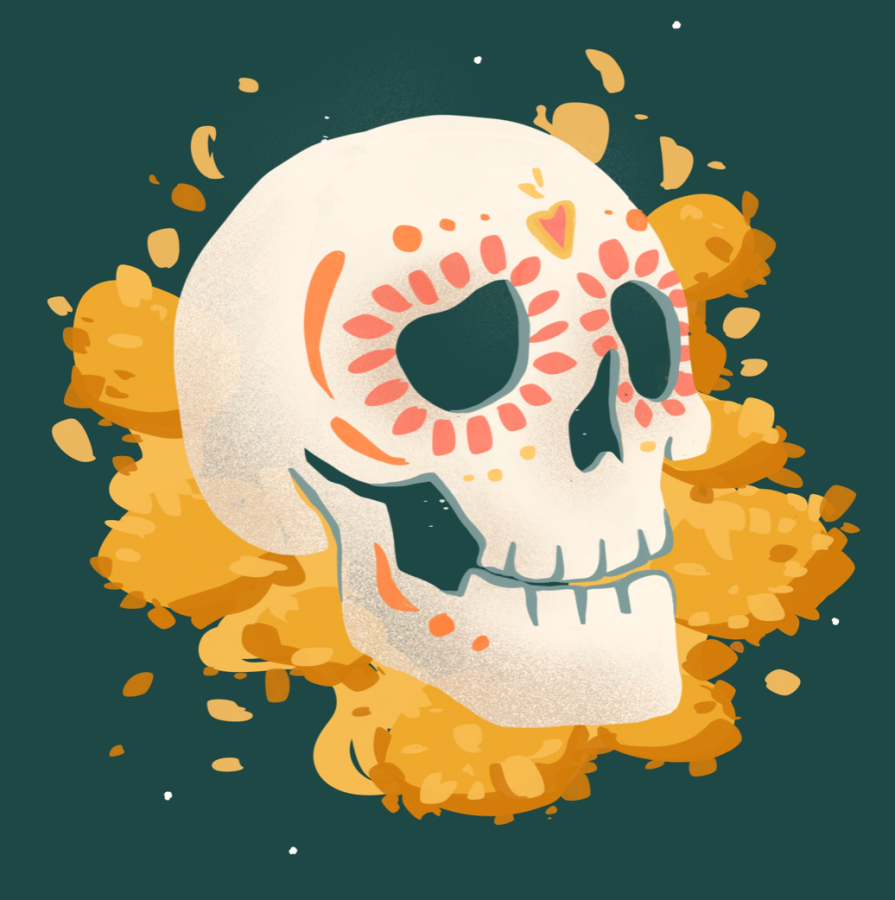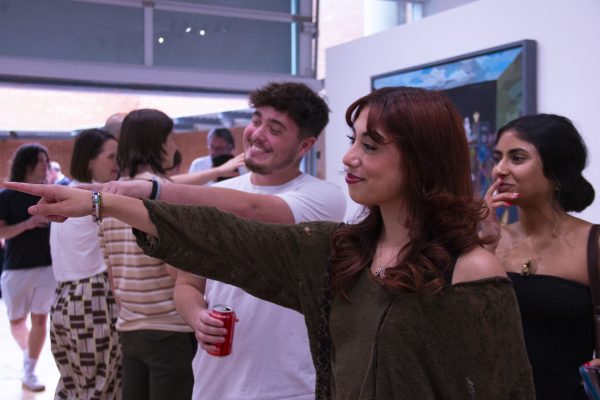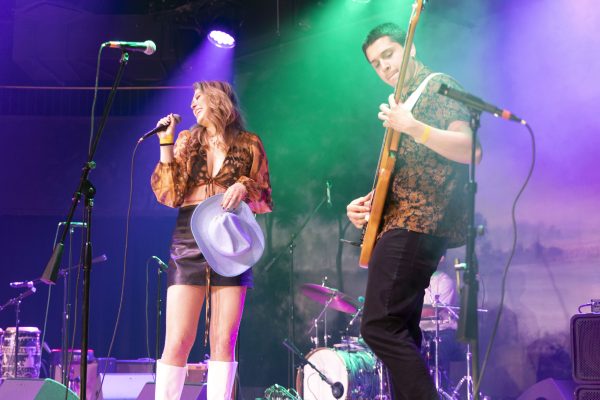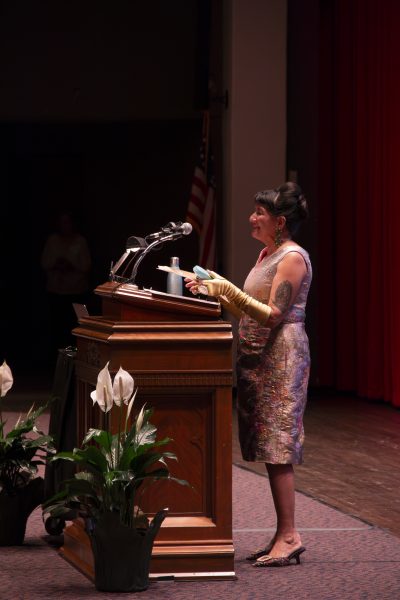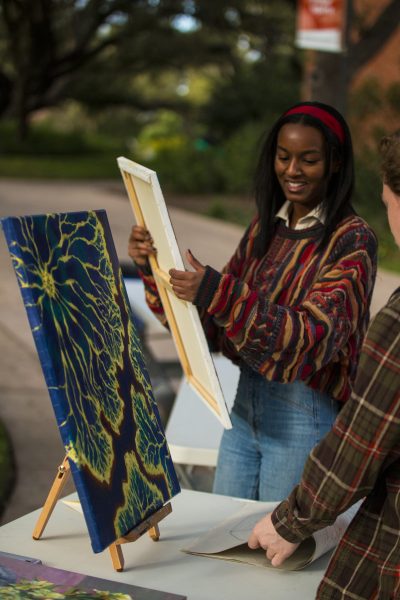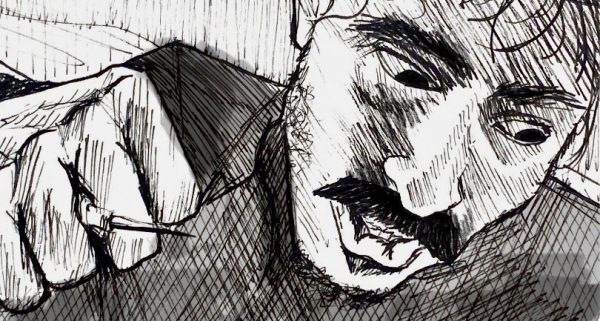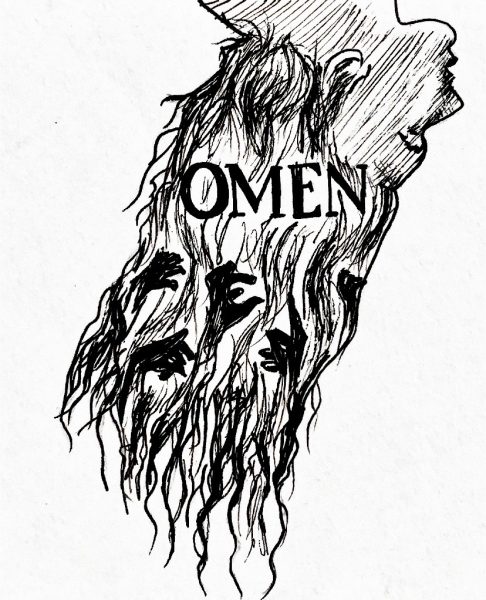Día de Los Muertos — Day of the Dead
The two-day celebration of life and love honoring loved ones who have passed
Every late October, marigolds bloom in vibrant profusion across Mexico.
Graveyards are cleaned, food is prepared and altars are built — for many, this is the time when dearly departed loved ones are returning home.
This is the tradition of Día de los Muertos (Day of the Dead), the Mexican holiday that transpires the first two days of November. Derived from an amalgam of Indigenous traditions and a string of Roman Catholic holidays, it is seen as a liminal period where souls of the departed may return to the living.
The various celebrations differ regionally, but general custom provides plenty of calaveras (sugar skulls) and pan de muertos (bread offered to both the living and nonliving), while elaborate ofrendas (altars) are constructed — all efforts dedicated to the muertos. The ofrendas are decorated with candles and flowers, along with the departeds’ favorite possessions and foods. The tradition, while honoring ancestors, also helps people acquiesce the inevitable death in us all — not in a somber way but in a celebratory way.
Rosana Blanco-Cano, associate professor of modern language and literature and Mexico City native, explained that the holiday is not a mourning, but a celebration.
“There is no drama about it. Of course, when someone dies, we will cry. This is natural. But [Día de los Muertos] helps us feel connected with that life. … Every year, you feel that your ancestors visit you. So it’s very fantastic. Just feel that and, well, you don’t have to be religious or you can be religious. Doesn’t matter, right? It’s just a way to connect with your past and with your family,” Cano said.
Over the years, the holiday has seen a surge of popularity. Helped by movies like the 2015 James Bond film “Spectre” and the 2017 Pixar film “Coco,” it has even inspired the Biden administration to celebrate, the first U.S. presidential administration to do so.
Given the recent cinematic publicity, the holiday is undergoing changes in how it’s celebrated even in its home country of Mexico. Originally, Día de Los Muertos was celebrated as a relatively isolated family affair, but it has recently evolved to include huge outdoor festivals. The attendance for Mexico City’s six-year-old Muerto Fest is now in the hundreds of thousands. Cano elaborated on the curious phenomenon.
“It started to be a big thing when the James Bond film [came out],” Cano said. “I mean, in some way it’s very interesting because during the last, I would say 10 years, it has become a very important, very popular festivity for Mexico City. But, of course, it’s [a] cross-cultural connection and it’s happening within the U.S. too.”
In and around San Antonio, there will also be large outdoor festivities celebrating Día de Los Muertos: Spiritlandia with a San Antonio River Parade, Celebrando las Misiones taking place at Mission Marquee Plaza (this one’s free), and San Antonio’s largest Día de Los Muertos festival: Muertos Fest at Hemisfair (also free). This year the Hemisfair will feature two days (Oct. 29-30) of activities, from the traditional ofrendas, food vendors and reading of calaveras literarias, to a fashion show and several live musical acts, including the Grammy-winning Tex-Mex country rock group Los Lobos.
Graciela Sanchez, the director of the Esperanza Peace and Justice Center, will be hosting a much smaller community-based event at Rinconcito de Esperanza on Nov. 1. She explained why she is cautious to welcome the new globalization of Día de los Muertos.
“It’s a good thing that more people recognize it. … But on the other hand, it can’t just be trivialized and commercialized just so somebody’s making a buck. I don’t want Day of the Dead to become another Cinco de Mayo, where the beer companies are making lots and lots of money. And I have also seen this in Mexico, where that has happened. And so you see younger kids racing through the cemeteries just totally drunk. … It’s more of a fiesta with some of them — that’s just partying. So it’s gotta be a balance, I think. You know, you wanna still hold on to the values that are really integral at this moment,” Sanchez said.
Trinity will have two places where ofrendas will be shared: Coates Student Center will offer a place where students can create their own ofrendas. Rita E. Urquijo-Ruiz, associate professor and director of Global Latinx Studies, shared how it keeps those who are no longer with us.
“[It’s] the idea of inviting everyone in the community at Trinity University to participate in celebrating the life of the person that has passed away,” Ruiz said. “For me and for others, [it] is the idea of keeping our dearly departed memories alive. And you can do that through poetry, through music, through food, even just telling stories about them, right? What it was that made them laugh, that made them cry, that made them be alive.”
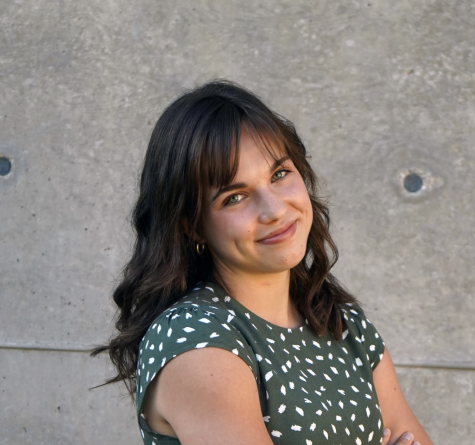
My name is Michaela Bosco. I am a sophomore double majoring in Art and Communications as well as minoring in New Media. In my free time, I enjoy drawing,...

